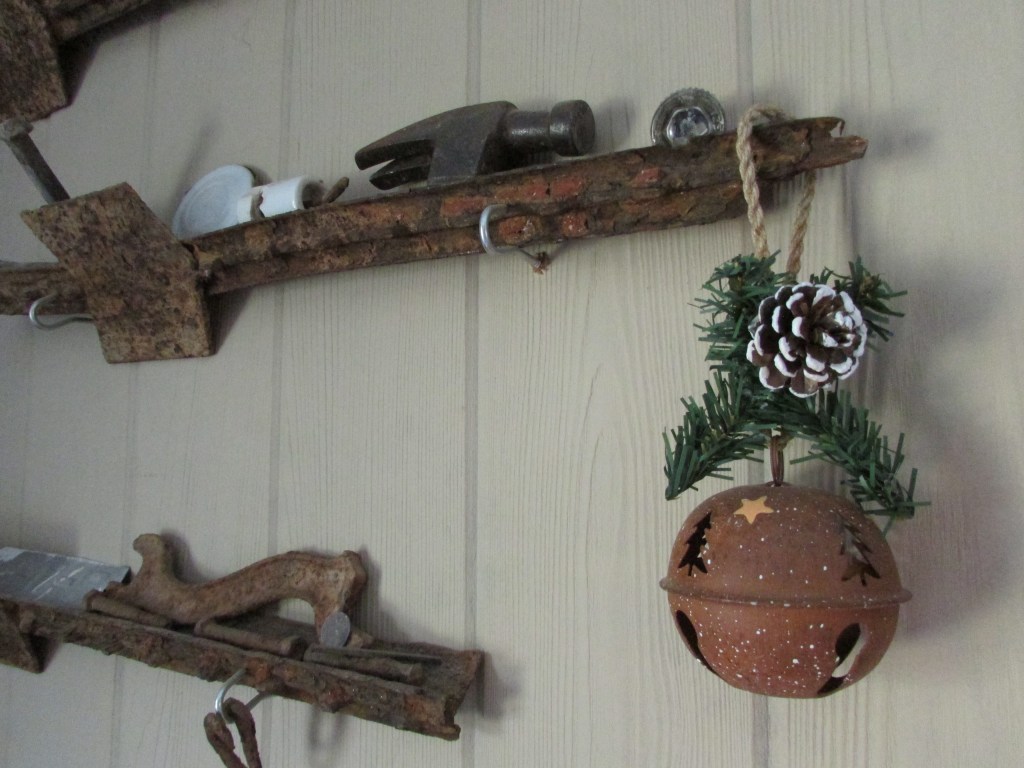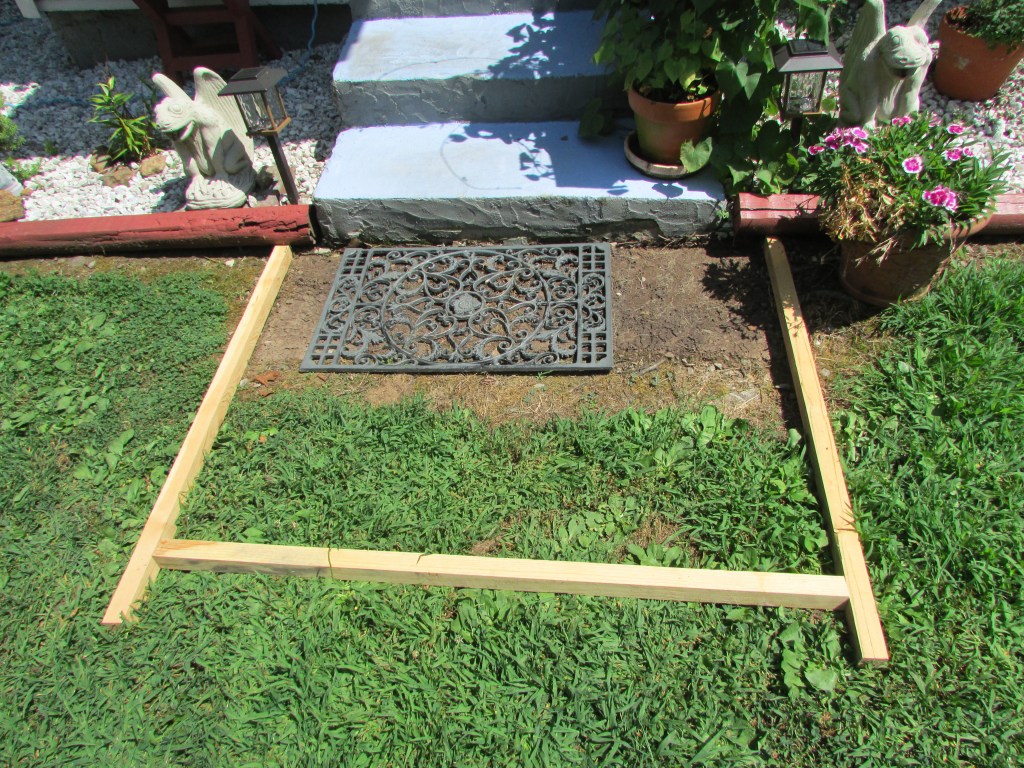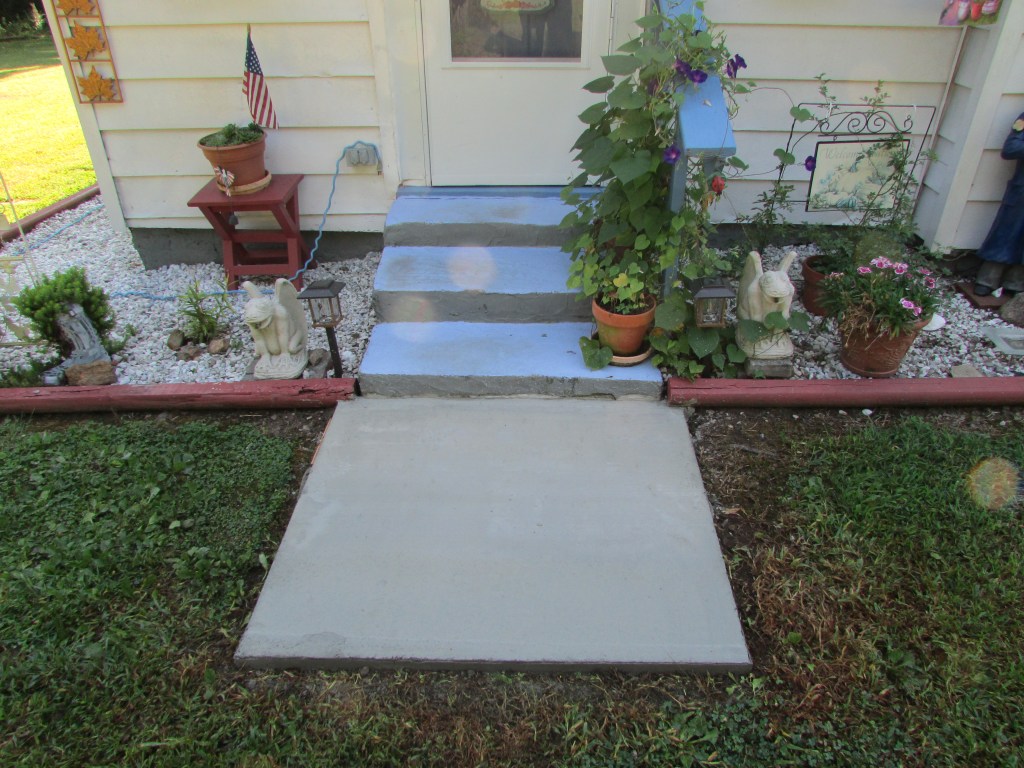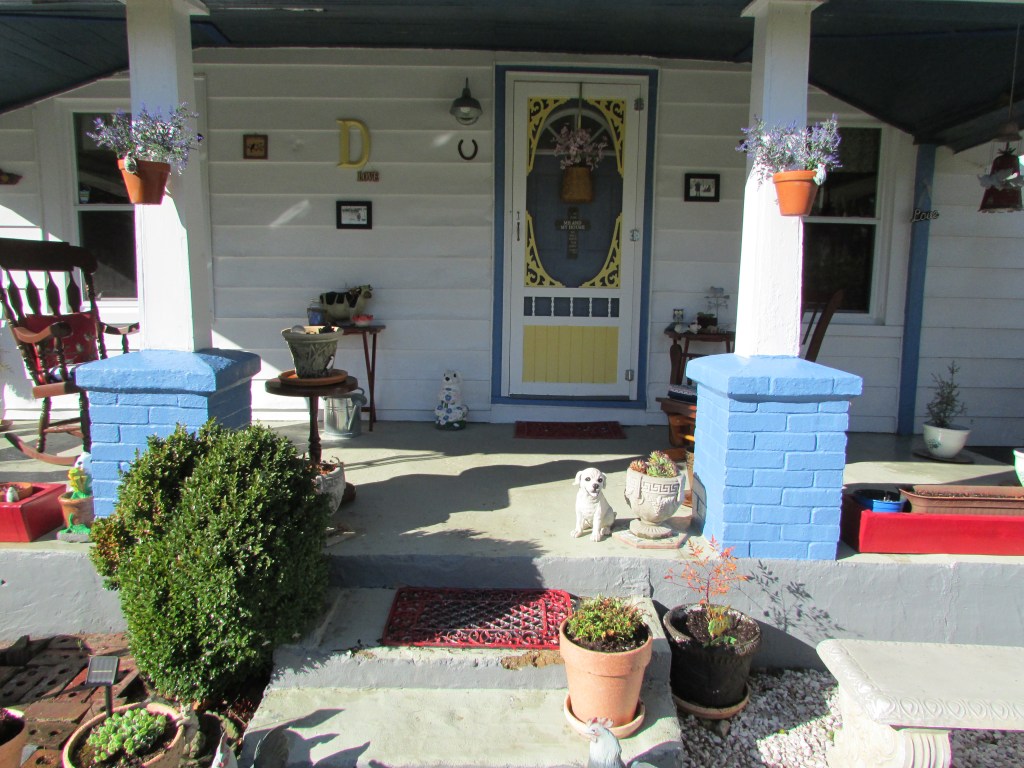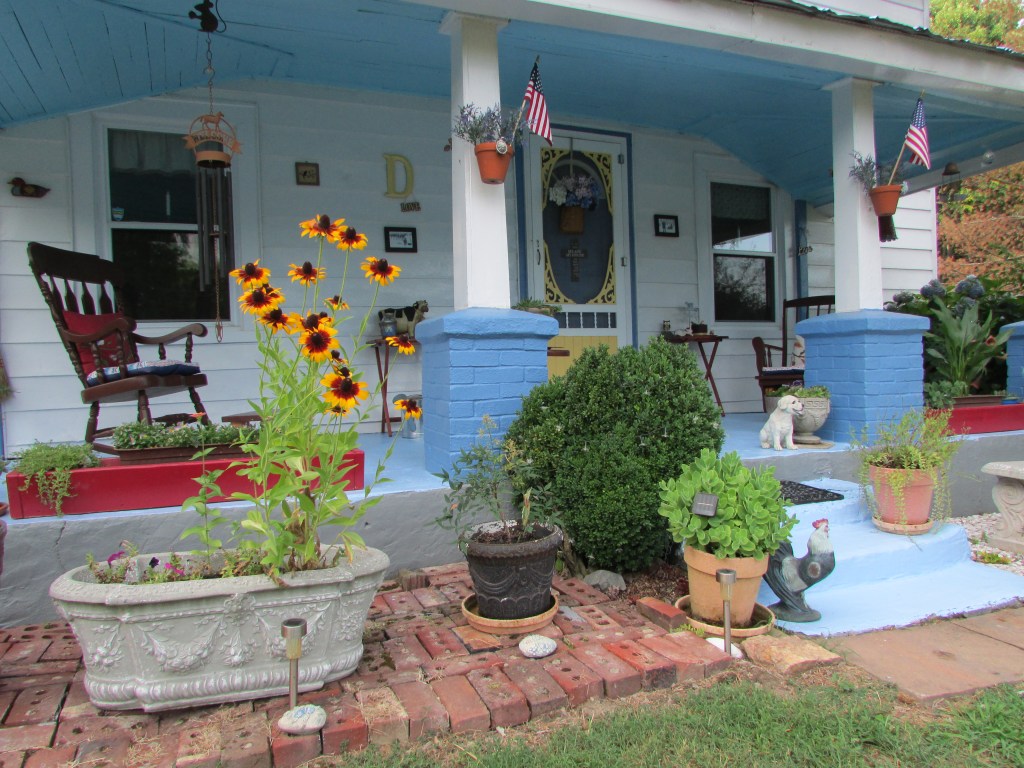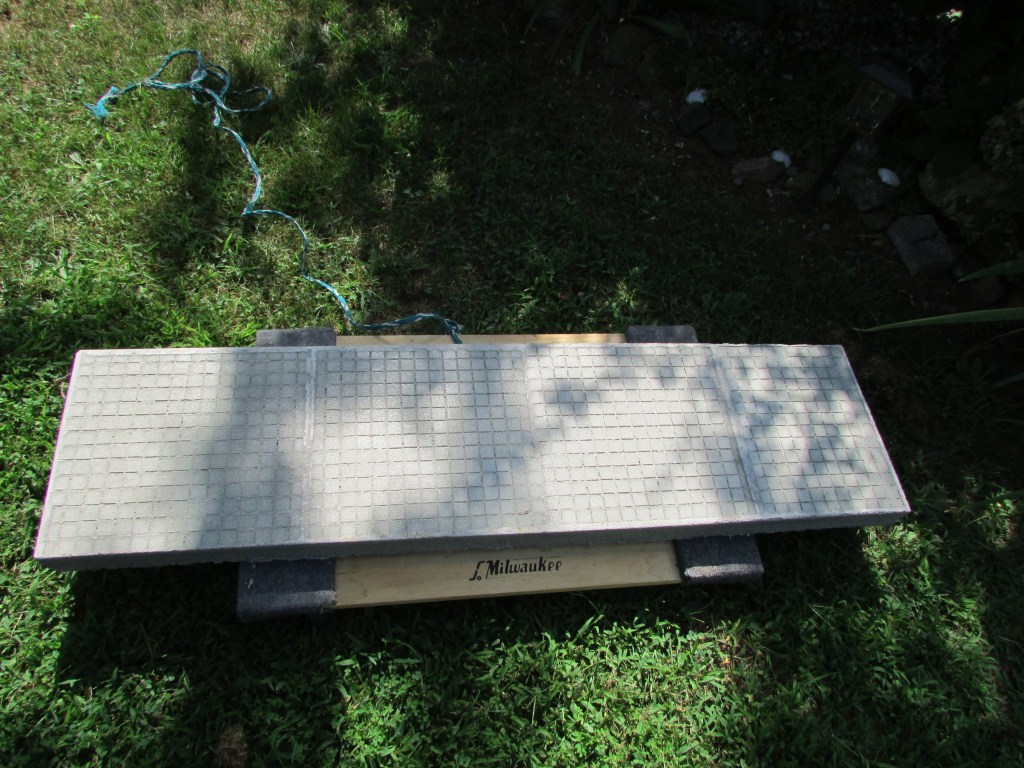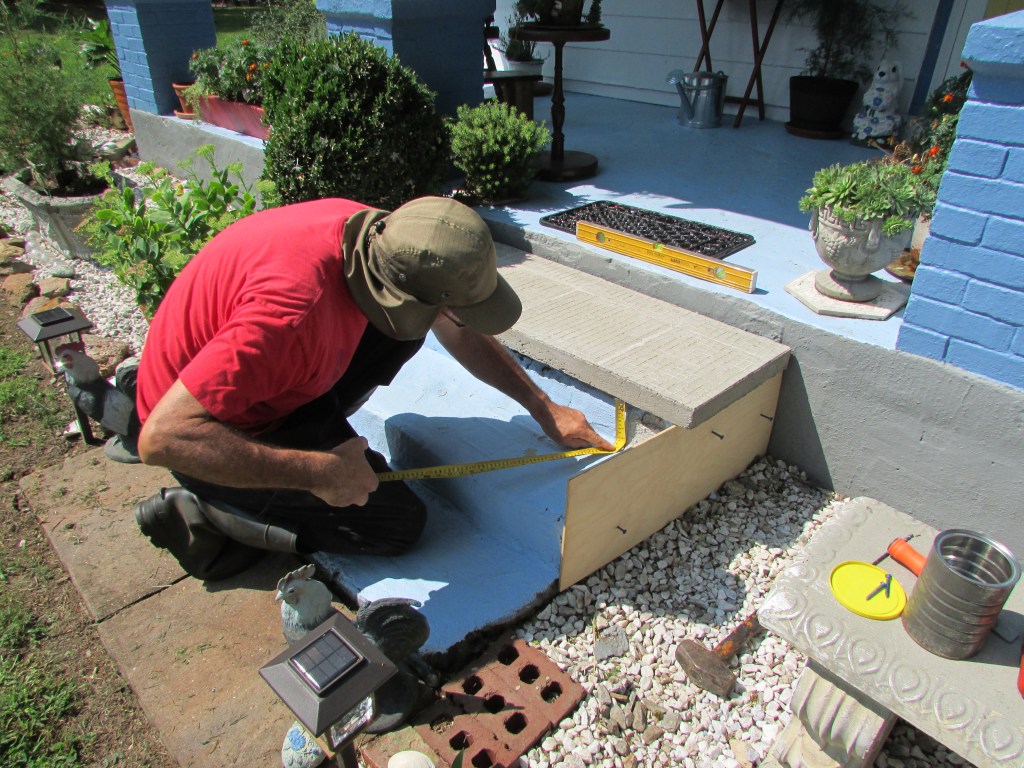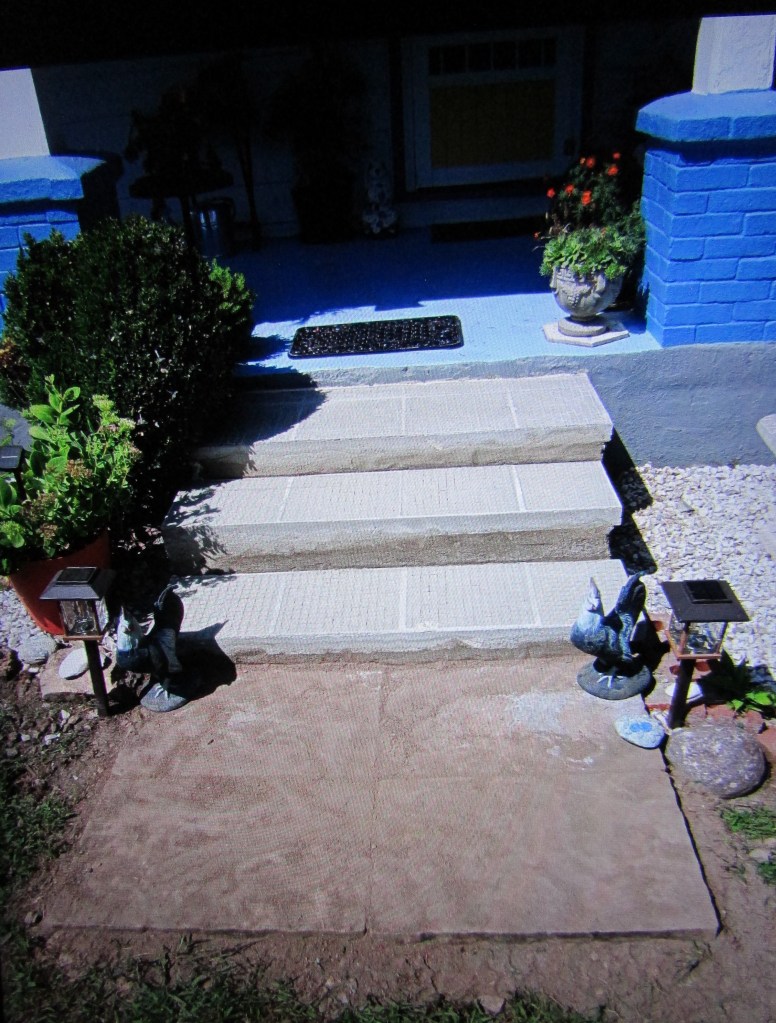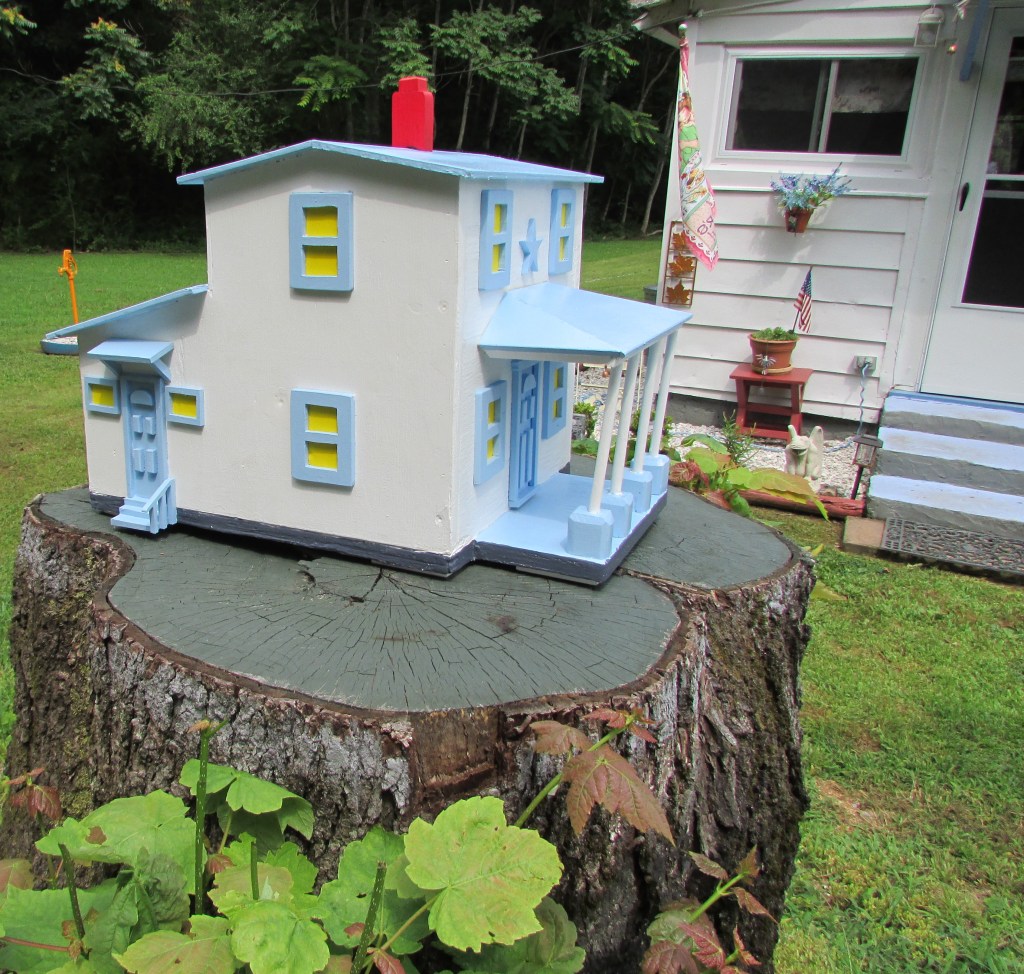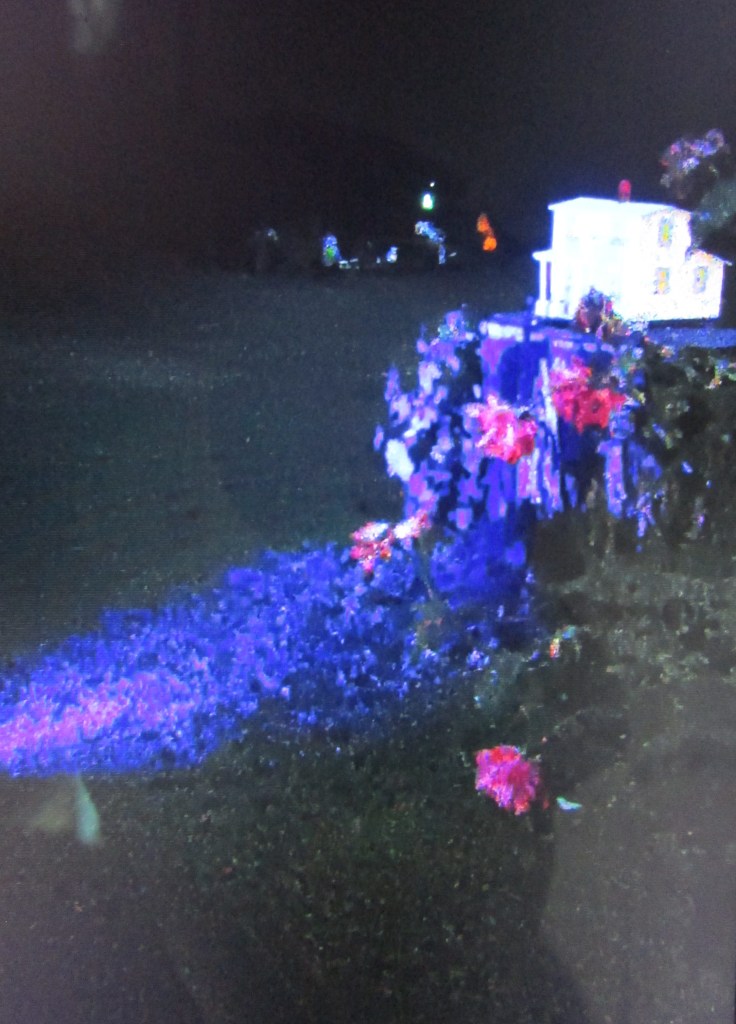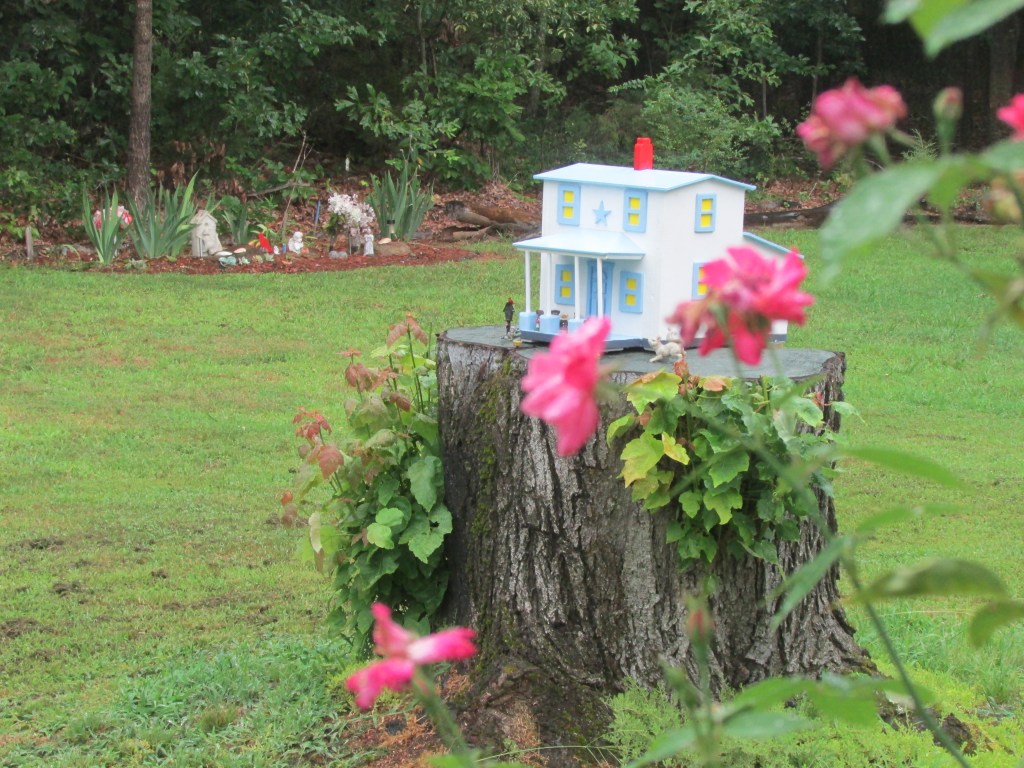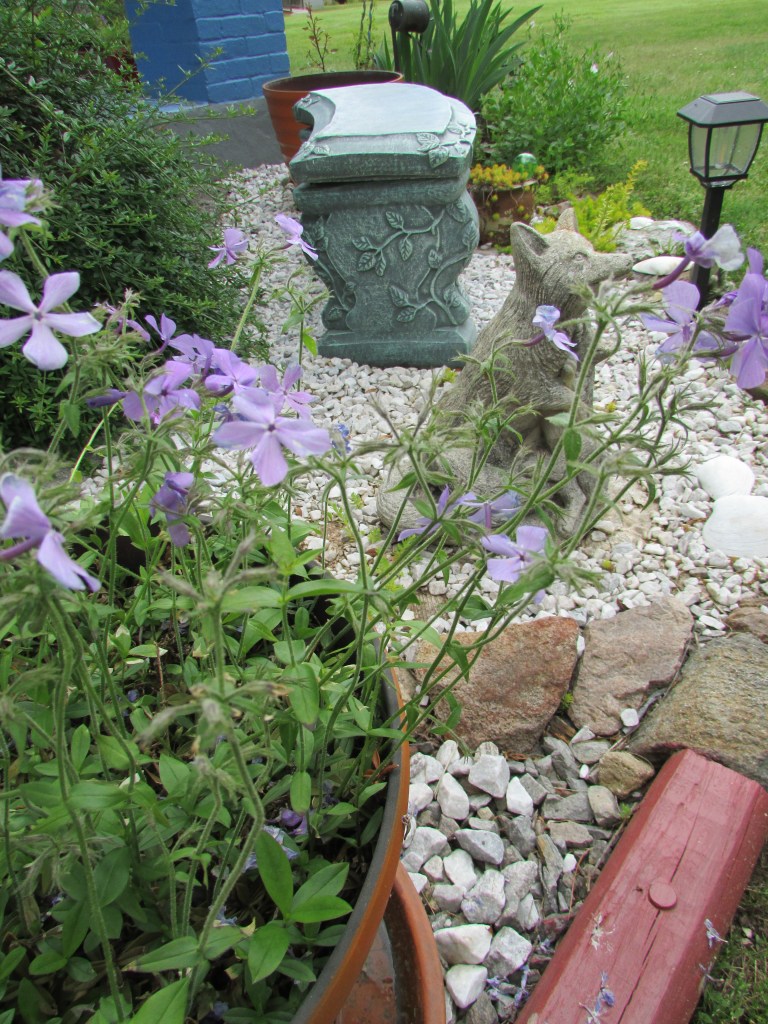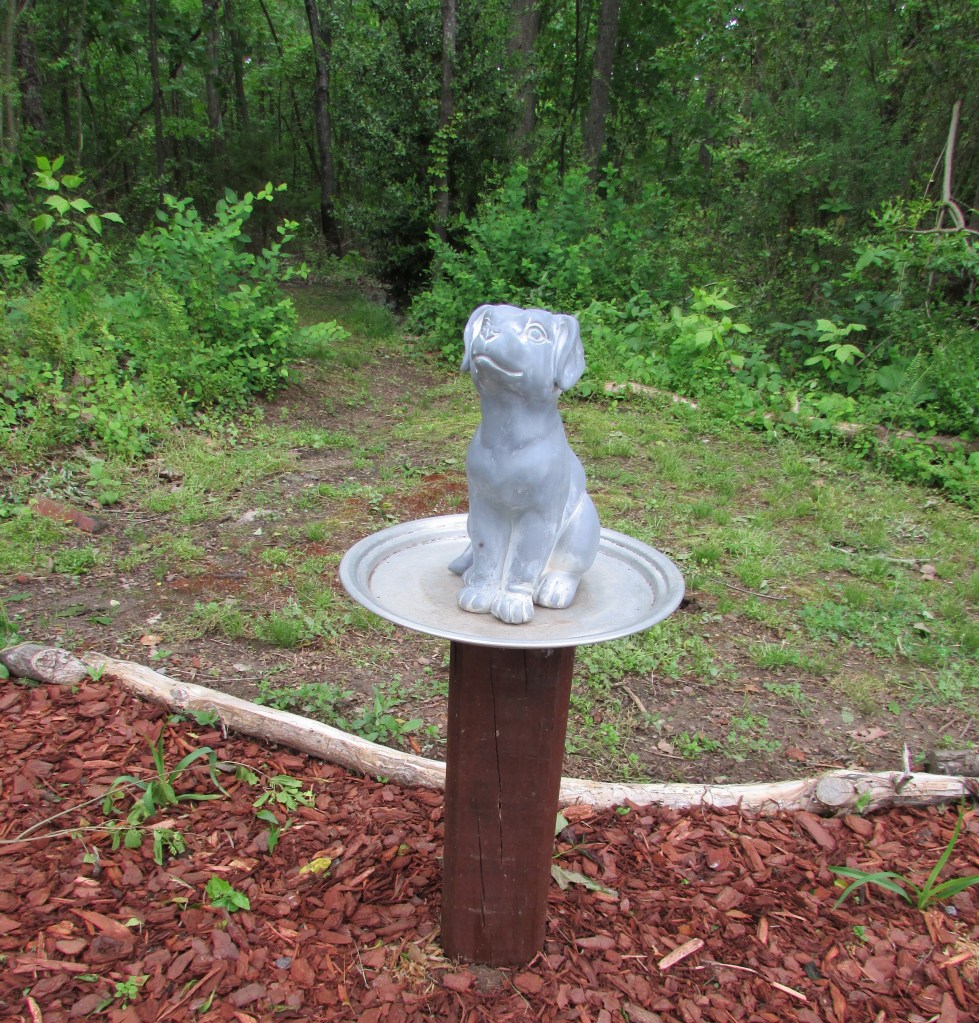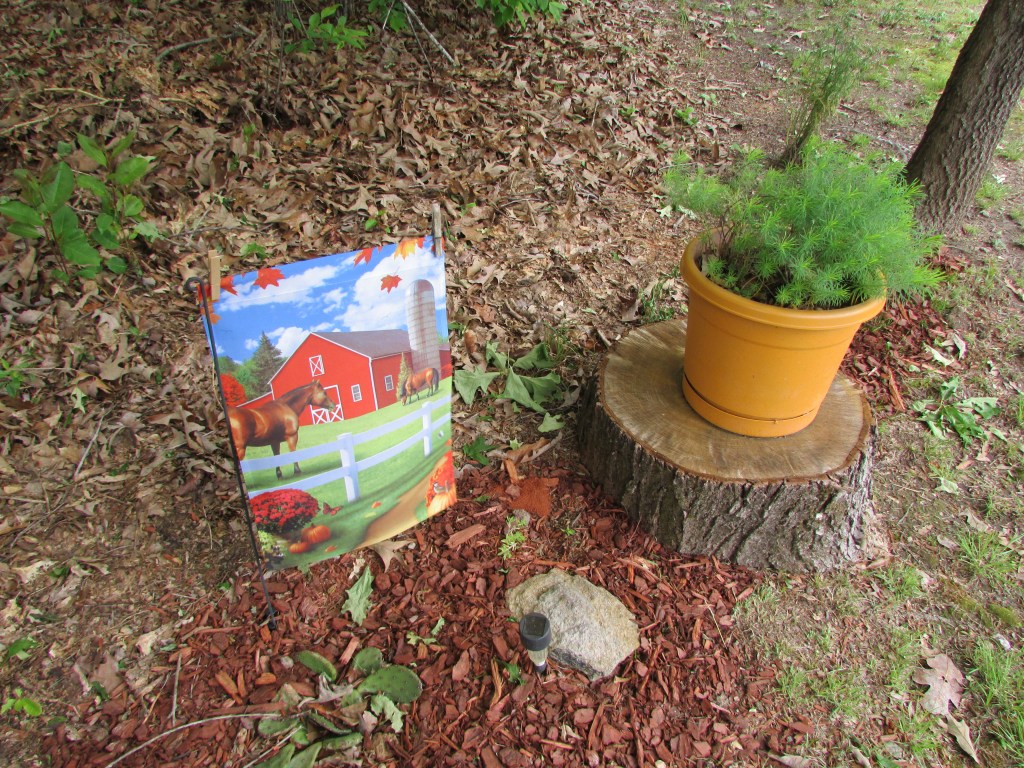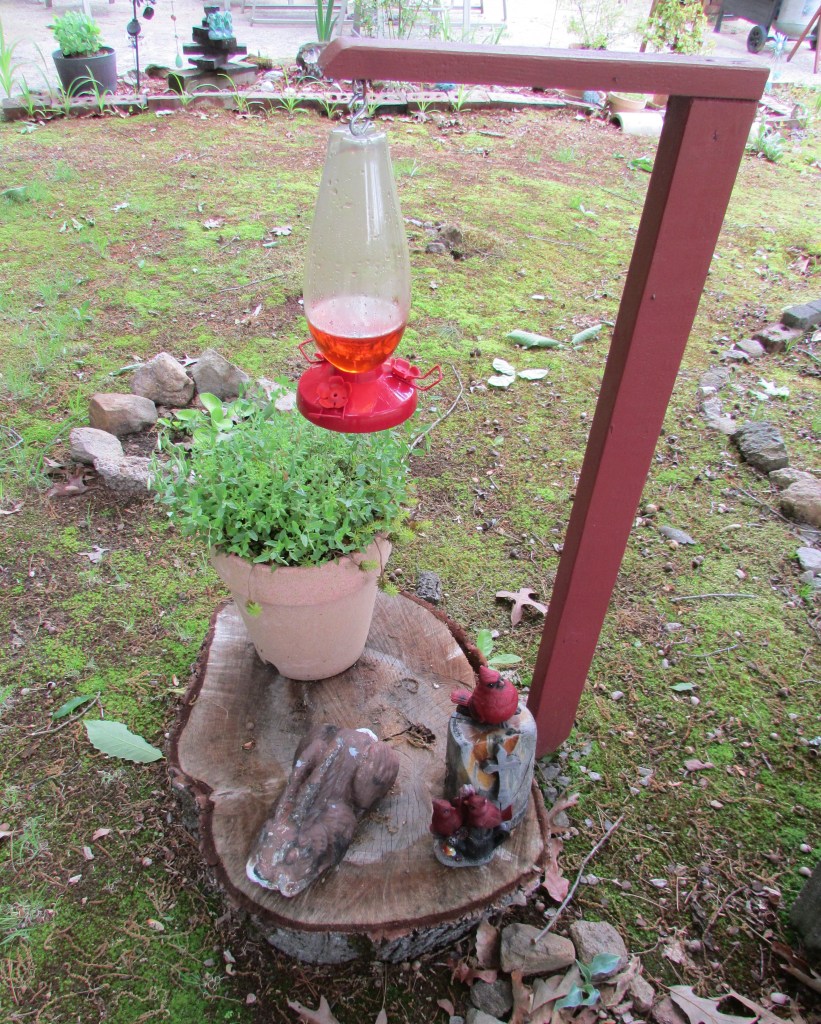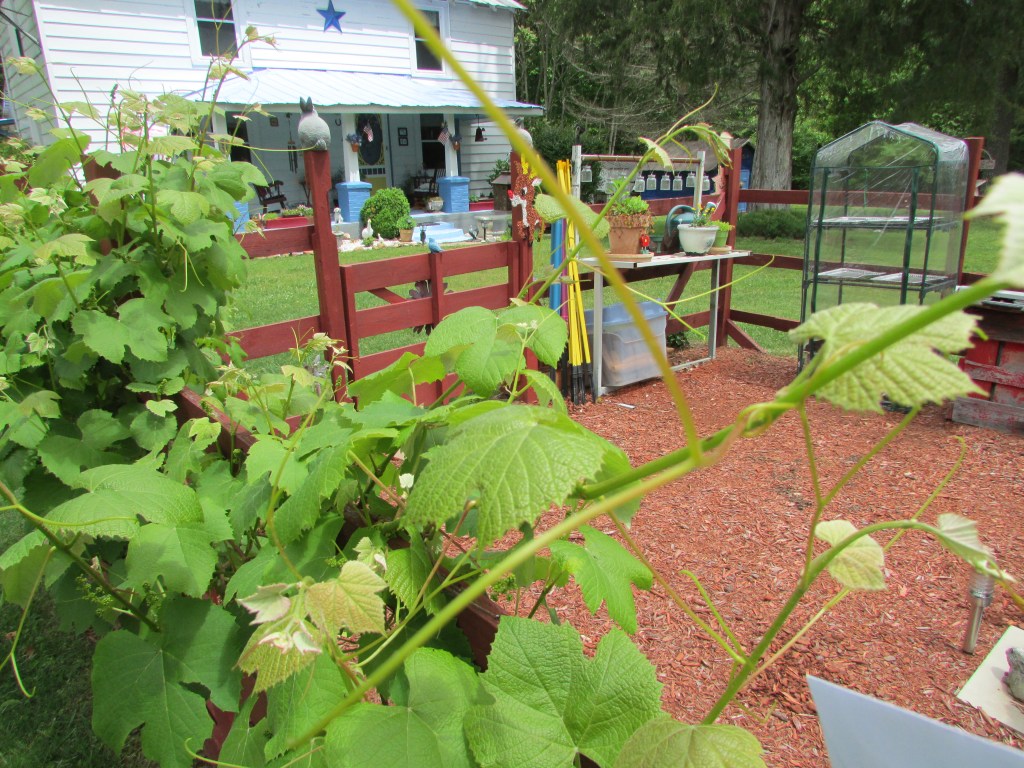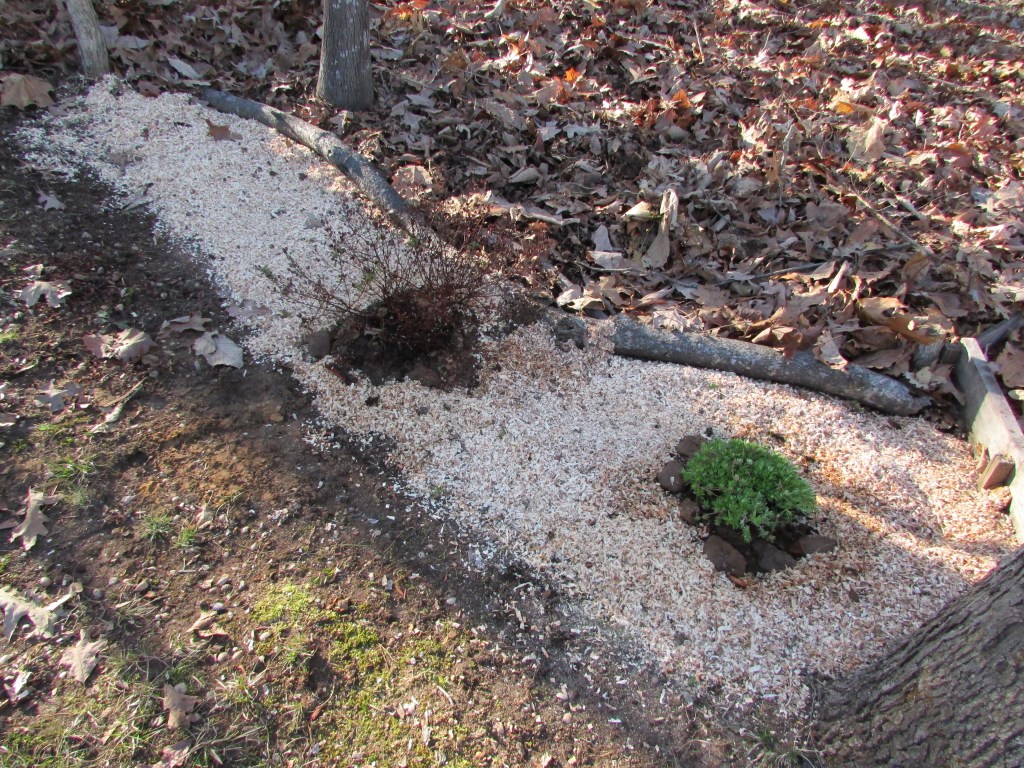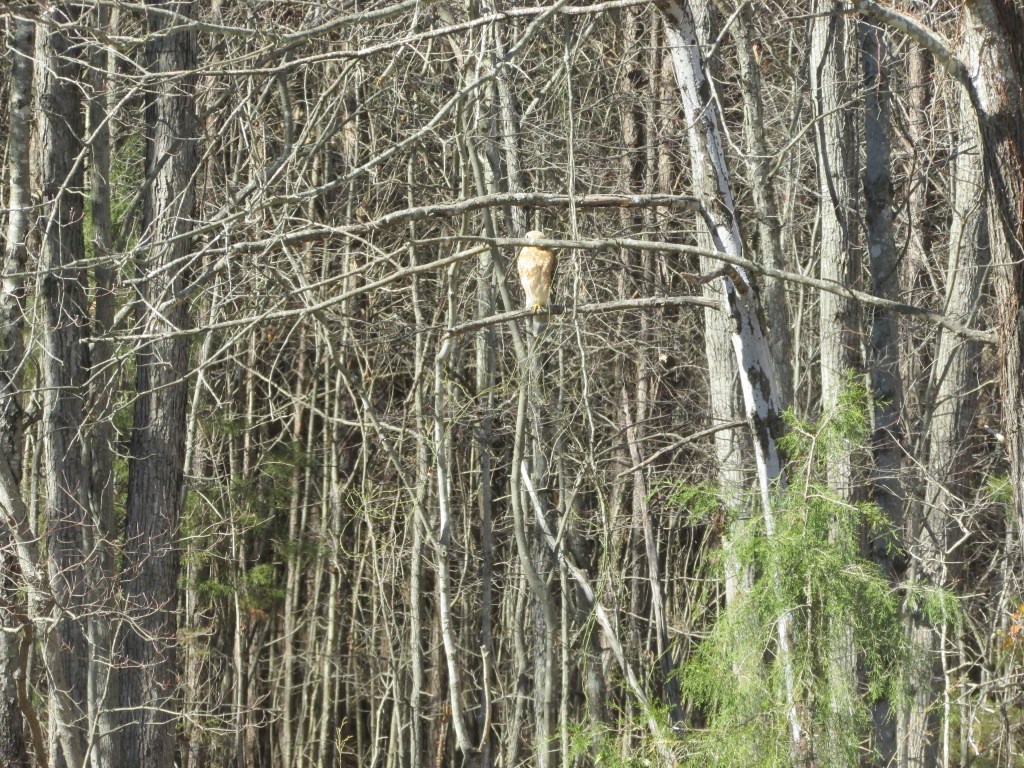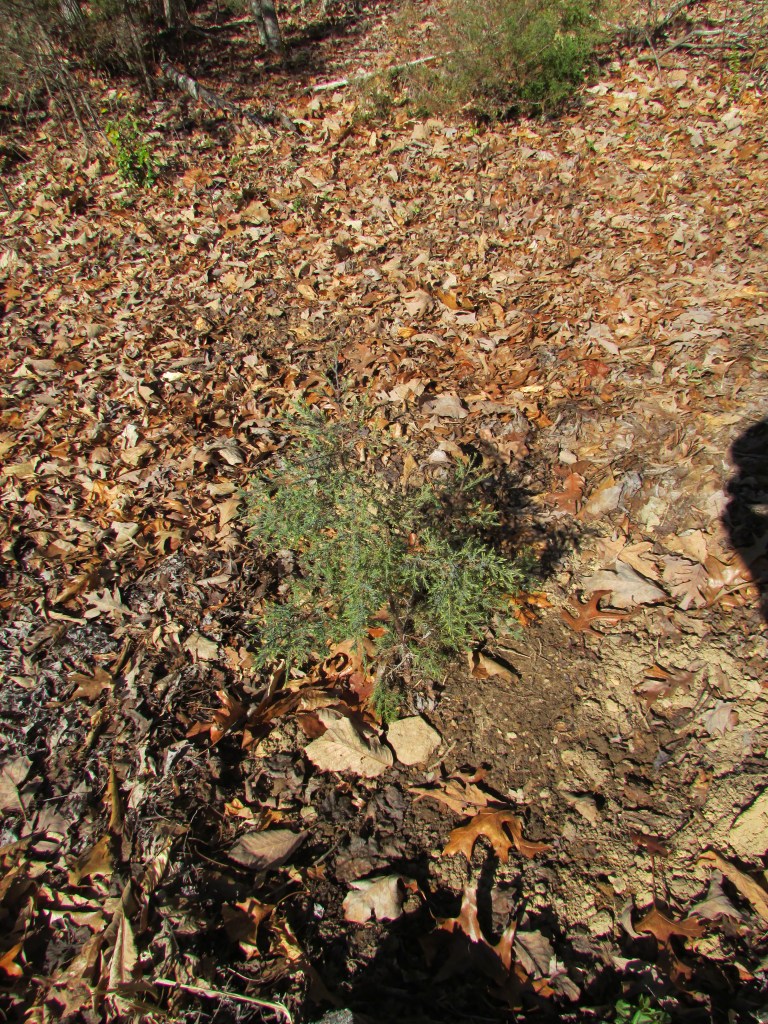Spring is almost here, and the old farmhouse becomes alive again. That entails many chores, most of them delightful, at least in my eyes. To prepare this home for spring, I like to give the porch a refresh, change or move around things a bit, after a good cleaning. The side entrance gets new life as well. Both entrances are adorned with new wreaths (recycled). This year, it was time to change the tattered flag and replace it with something different. I love the farm animals’ motif on this flag. I have decided to eliminate the side entrance flag in order to simplify the outdoors a bit. It will stay up until the holidays, and then, I will remove the pole as well. Most of these items have migrated from indoors to outdoor use as I continue to declutter and simplify things inside. I love pine trees, so the pine tree sign stays all year and so does my two potted cedars. I found the little cedars growing outside when these were about two or three inches tall, and they have grown lovely. They look great during the Christmas season as well. In living simply, one of the things I have decided to eliminate is having artificial flowers all over the house, indoors that is. These flowers were repurposed for use on the side door arrangement. The rest of the flowers and many other items were donated to our local SPCA thrift shop. All the proceeds go to help pets in the shelter and families who need pet food and cannot afford it at a particular time. It is a great place. Once the holidays arrive again, I will eliminate most of my Christmas decor, and leave only a few items and our Christmas tree. I have already told members of my family that I don’t want any gifts, unless they disappear with use, such as a candle or holiday food items, if they insist on gifting. As I age, I find the need and want for things, whether decor or other has really diminished. I can appreciate the beautiful and lovely things without wanting these items. I have only left some meaningful items that represent gifts from people I love, and a few dear to me. I like the feeling of lightness and simplicity, and as I am enjoying this feeling, I think more items will have to find new homes and people who will appreciate these in their surroundings. It is a win-win.
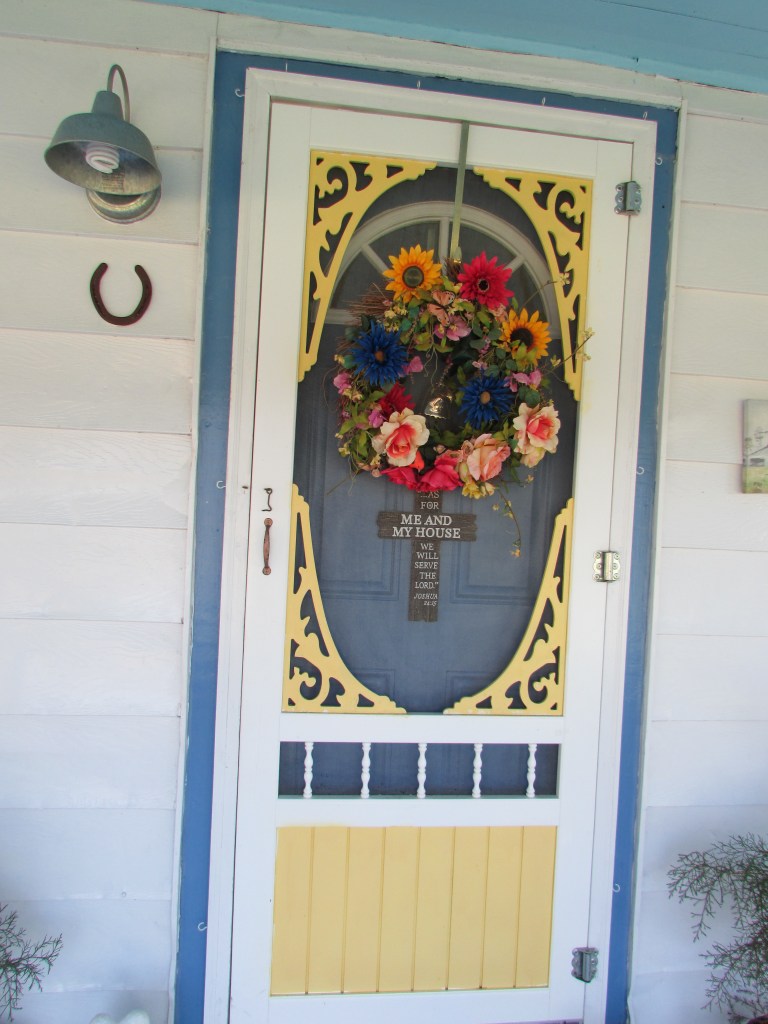


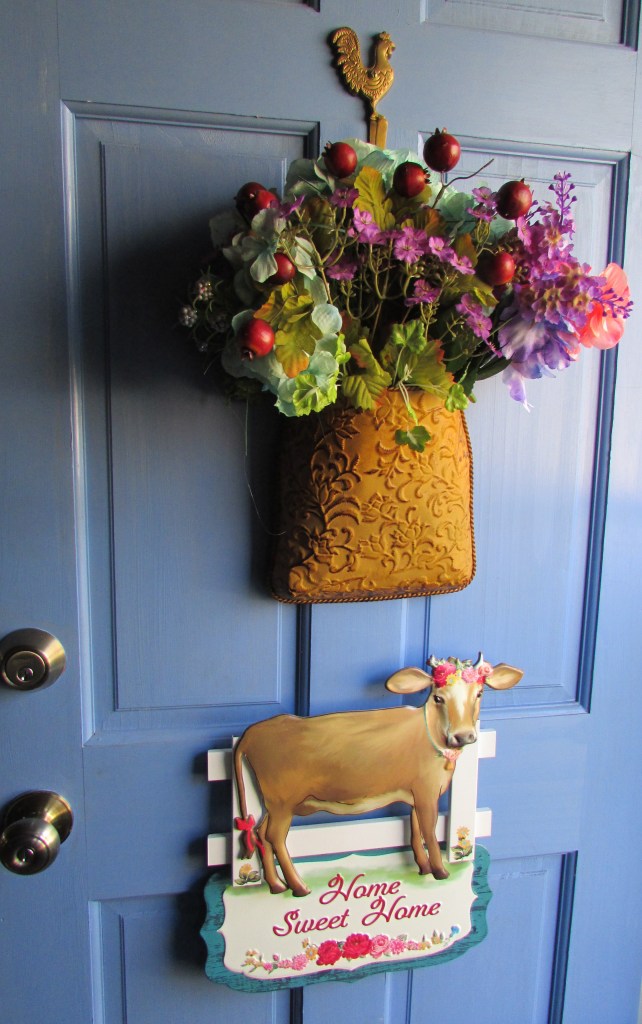
The month of March is reserved for setting up the garden areas and for general cleanup. Areas that have not performed well will be eliminated, and other areas will be improved or simplified. The idea is to make the garden more enjoyable and less of a chore. Some potted plants will be condensed and in general, the areas will become less cluttered and easier to manage. March is also the time to clean and set up the veggie garden and also a time to plan what veggies we will plant this year. We also plan the outdoor projects for this year. We will try to tackle one project a month, if possible. One very important, and the first project we will tackle is fixing the way the grape vine is hanging. We let it grow over the veggie garden fence. Last year was the first year that we would have collected grapes, and the vine was full of grapes. However, when the grapes were almost ready to pick, they disappeared overnight, hundreds of grapes gone. I was puzzled. We think that deer had a feast, so we have to come up with a solution. We trimmed the vine, and we will start it again this year, higher up this time.
Outdoor projects will continue until September or October, depending on the weather, so there is not much time to do everything we would like to do. However, planning helps us take care of the most important issues and prioritize them. I will share some of these projects here.
Happy Spring!






